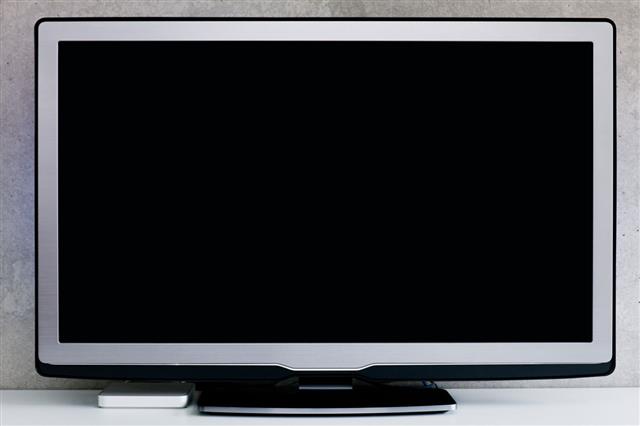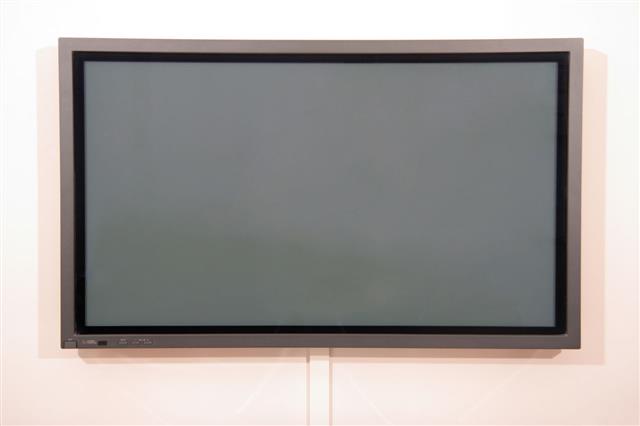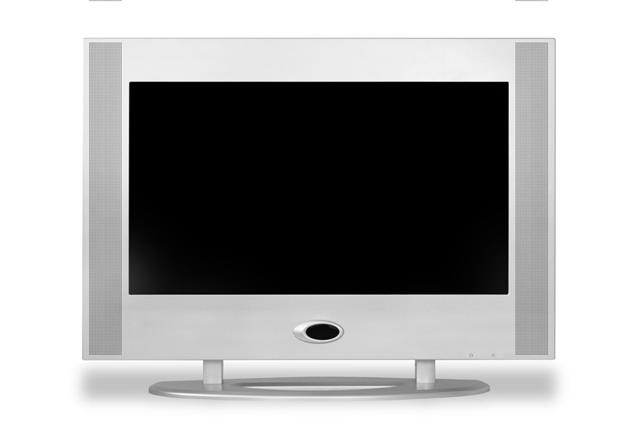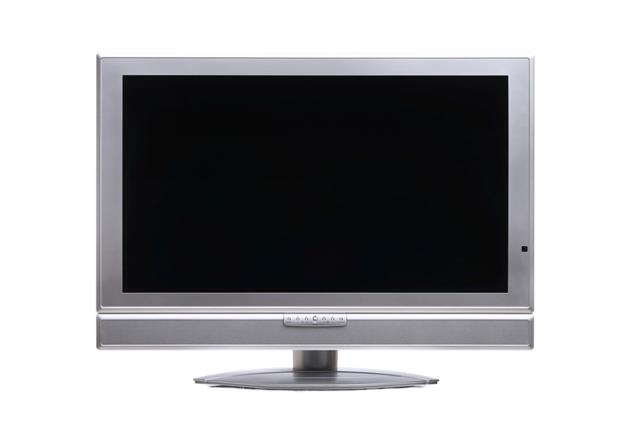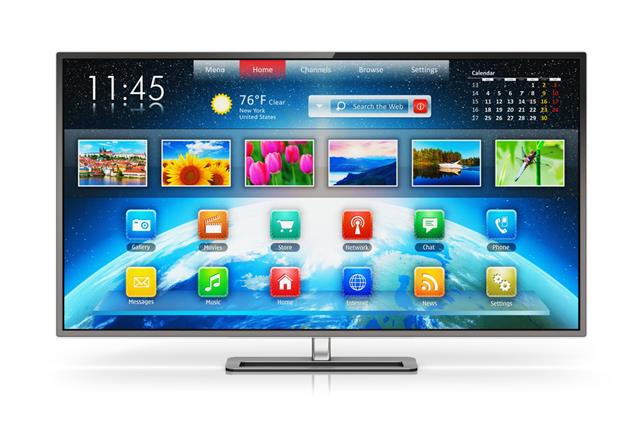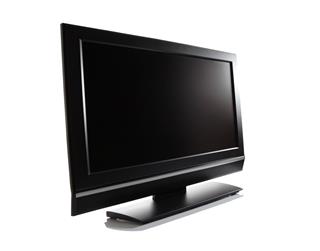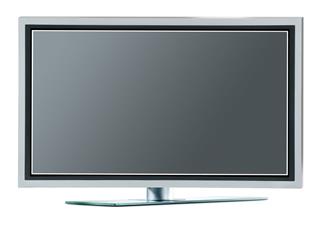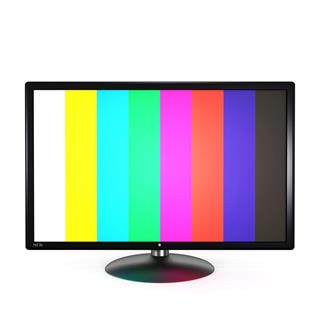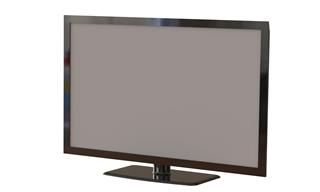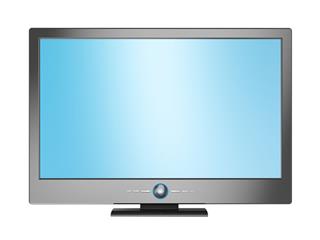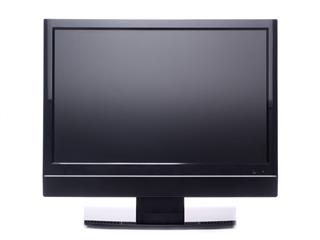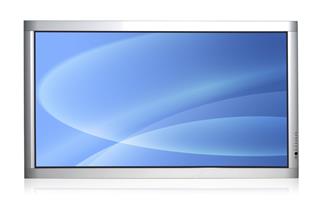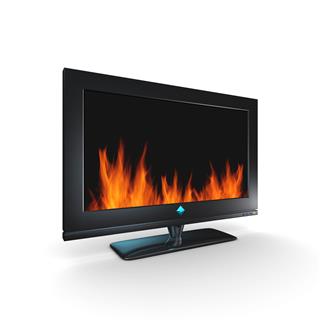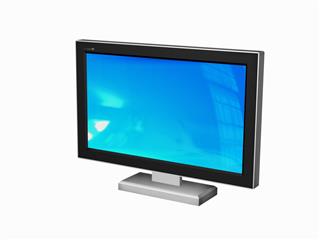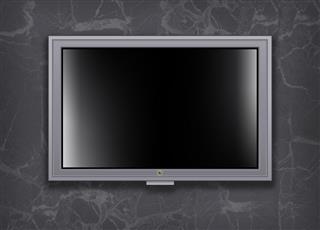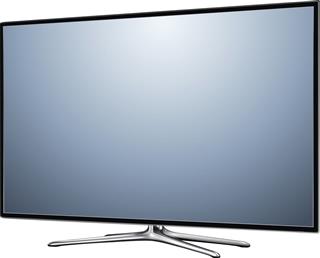
Television, an invention that revolutionized the entire world, is also the center of a historic dispute – the claim to the honor of being its inventor. Over three hundred scientists, thinkers and inventors are regarded as contributors, however, few can be considered as the pioneers of television as we see it today.
Television is not the Truth. Television is god-damned amusement park. Television is a circus, a carnival, a traveling troupe of acrobats, storytellers, dancers, singers, jugglers, sideshow freaks, lion tamers and football players.
– Paddy Chayefsky
The invention of television is not a one line answer. It’s a story. It can start from Count Volta who gave us static electricity in 1775, and can continue even after the first practical implementation of LED was invented by Nick Holonyak Jr. in 1962.
But yes, without any doubts, the first person to invent a fully functional all-electronic television system, was Philo T. Farnsworth in 1927.
Conception of Television
Well, it all might have started with the discovery of photo-conductivity of Selenium by Joseph May in 1872. He, together with his supervisor Willoughby Smith, suggested using selenium photocells to capture the light reflected from any image. They called it ‘visual telegraph’, which was based on Abbe Giovanna Caselli’s Pantelegraph (1862). During this period, many scientists around the world proposed several theories, the notable being of George R. Carey, Eugen Goldstein and Sheldon Bidwell.
In 1876, Alexander Bell invented the ‘telephone’, and in 1883, a German student, Paul Gottlieb Nipkow, made the first breakthrough in the history of television. Based on Bell’s telephone, he made his own microphone, and using a spiral-perforated disk (Nipkow Disk), he made the first electromechanical television scanning system, on the Christmas Eve of 1884. He patented the scanning disk as electric telescope. Though Alexander Bain had transmitted images over a distance via electrical ‘pantelegraph’ in 1943, the Nipkow disk improvised on the process of encoding.
In Nipkow’s design, however great, there was a problem that he failed to solve – the mechanical process of scanning the images. Boris Rosing, a Russian inventor, improved Nipkow’s design, by implementing a mechanical camera device with a cathode ray tube on the receiving end. In 1906, he built the first working mechanical TV system.
Invention of Mechanical Television
On 25th March 1925, he began a three-week series of public display in a departmental store in Soho, London. It was the first public display of moving silhouette images by television. He improved his design, and in 1926, demonstrated moving monochromatic images. The Nipkow disk that Baird improved for his mechanical television, produced a 30-line resolution, enough to identify a human face.
Baird’s version of the mechanical television was never adopted, and was not even feasible for a standard format for the present day television. But, Baird succeeded where others had failed. He was the first to transmit a moving picture from one place to another. While Baird was busy in London, Charles Francis Jenkins was working on his design of mechanical television in Washington. It is reported that on 13th June 1925, he demonstrated publicly, a synchronized image and sound transmission, in the presence of a few witnesses.
In 1908, perhaps the first idea of an all-electronic television was published in Nature. It was a letter from Alan Archibald Campbell-Swinton, wherein he proposed the use of cathode ray tube as receiver and also as transmitter. Many others worked and propounded on this theory. The ones who succeeded were Philo T Farnsworth, Vladimir K. Zworykin and Kálmán Tihanyi.
Philo Taylor Farnsworth was a child prodigy. He was only fifteen when he formed the principle for Image Dissector, a video camera tube. He successfully produced the first television transmission in his San Francisco lab on 7th September 1927. He etched a single line on a smoked glass slide and placed it in the projector. The people in another room, the viewing room, could see the line at the other end of the vacuum tube. Phil improved his system for a press demonstration in September 1928. He first displayed the live images of a human face, precisely the face of his wife, Pem, in 1929.
In another part of America, a Russian engineer, Vladimir Zworykin, was also working on a similar system. He developed an electronic method of scanning images on a screen, which could be read by an electron beam, and could transmit information to the receiving cathode tube. The results were very coarse images. But he did develop a television setup that is the basis of present technology, however, it was rudimentary.
Farnsworth and Zworykin were both working on similar designs at the same time, and had filed a patent for each. A legal battle ensued and Farnsworth was credited with the invention of Electronic Television. However, Zworykin’s contributions have been equally important.
Kálmán Tihanyi, a Hungarian physicist, developed a technology known as ‘storage principle’. It solved the major problem in Farnsworth and Zworykin’s television system – low electrical output resulted from low sensitivity to light. All kinds of contemporary image sensors still rely on the storage and charge principle devised by Tihanyi.
Three years later, on 25th August 1934, Farnsworth gave the world its first all electronic television system demonstration with a live camera.
Zworykin developed and patented Iconoscope in 1933, a new tube with better sensitivity to light. It was an improved version of Tihanyi’s storage principle.
- Emitron: Isaac Shoenberg
- Color Television: Jan Szczepanik
- Plasma Diplay: Kálmán Tihanyi
- Flat Screen: General Electric (GE)
- Liquid Crystal Display: James Fergason
| Year | Pioneers | Inventions and Discoveries |
| 1775 | Alessandro Volta | Static Electricity |
| 1791 | Luigi Galvani | Galvanic Electricity |
| 1794 | Robert Baker | Panorama |
| 1801 | Thomas Young | Wave Theory of Light |
| 1807 | Dr. Wollaston | Camera Lucida |
| 1808 | Humphry Davy | Electric Arc Light |
| 1817 | Jöns Jakob Berzelius | Selenium |
| 1827 | Charles Wheatstone | Microphone |
| 1830 | Michael Faraday | Electromagnetic Induction |
| 1832 | Joseph Plateau | Phantascope |
| 1862 | Giovanni Caselli | Pantelegraph |
| 1873 | Joseph May and Willoughby Smith | Photoconductivity of Selenium |
| 1876 | Alexander Graham Bell | Telephone |
| 1884 | Thomas Alva Edison | Edison Effect |
| 1893 | Nikola Tesla | Remote Control |
| 1895 | Guglielmo Marconi | Radio Transmission |
| 1897 | Karl Braun | Cathode Ray Tube |
| 1899 | Julius Elster and Hans Geitel | Luminous Imagery |
| 1906 | Lee De Forest | Audion vacuum tube |
| 1906 | Reginald Fessenden | Wireless Telephony |
| 1939 | Fritz Fischer | Eidophor |
| 1940 | Peter Goldmark | Color Television (343-line Resolution) |
| 1953 | Robert Adler | Zenith Space Commander |
– Groucho Marx
